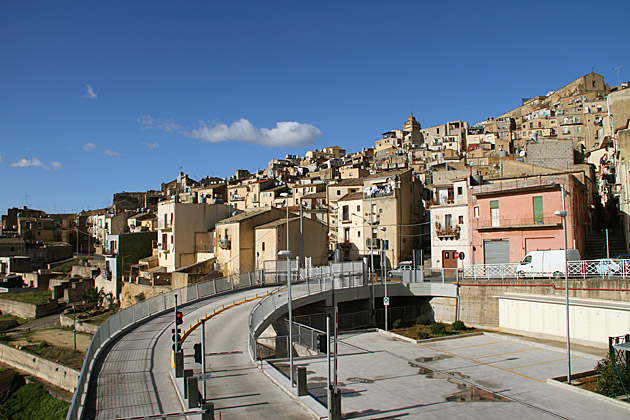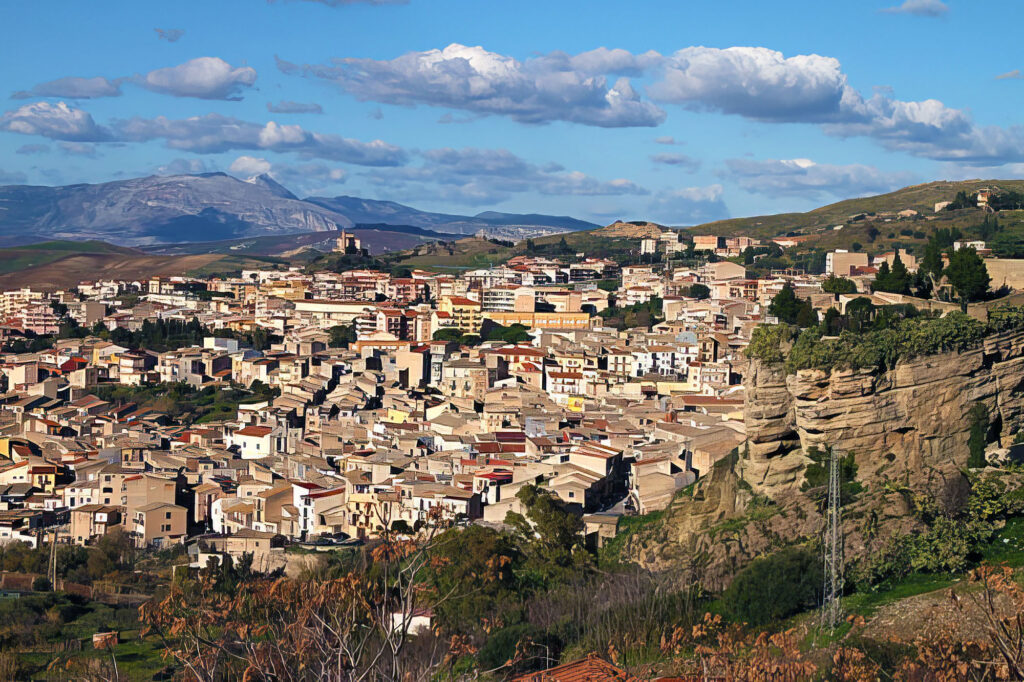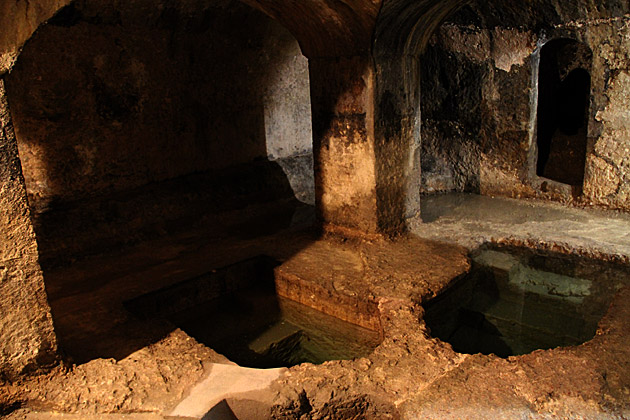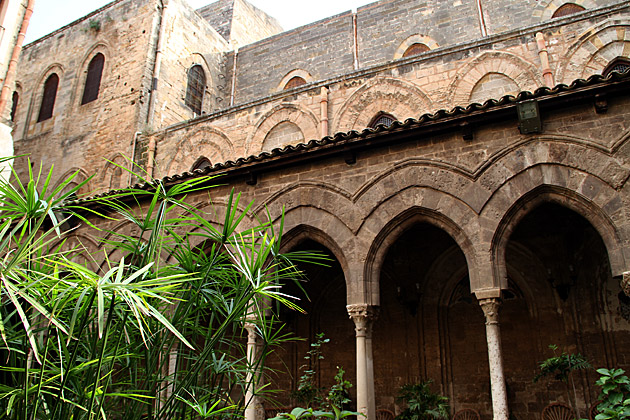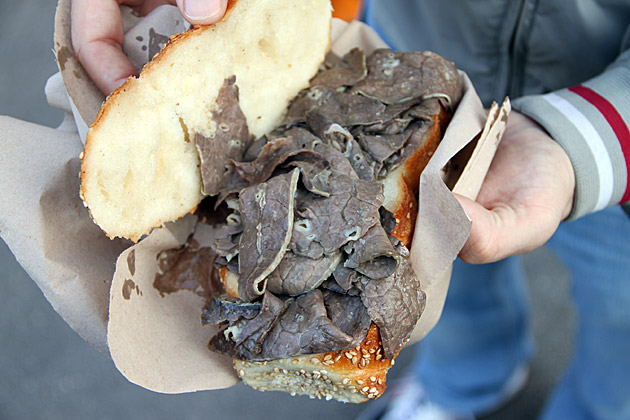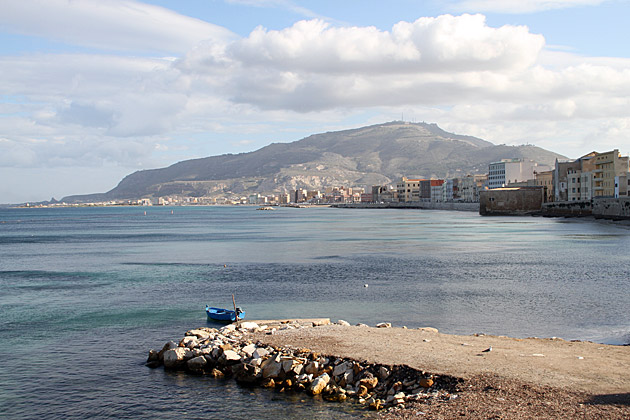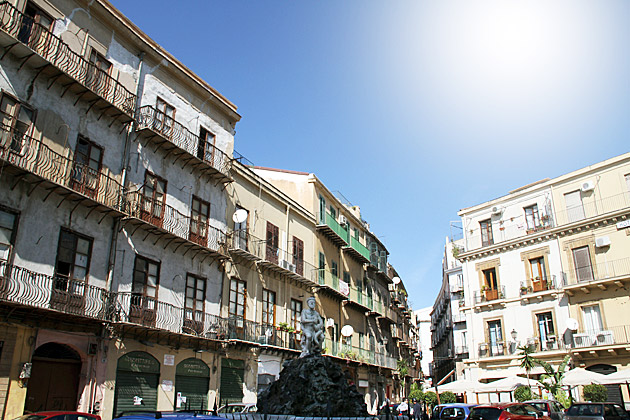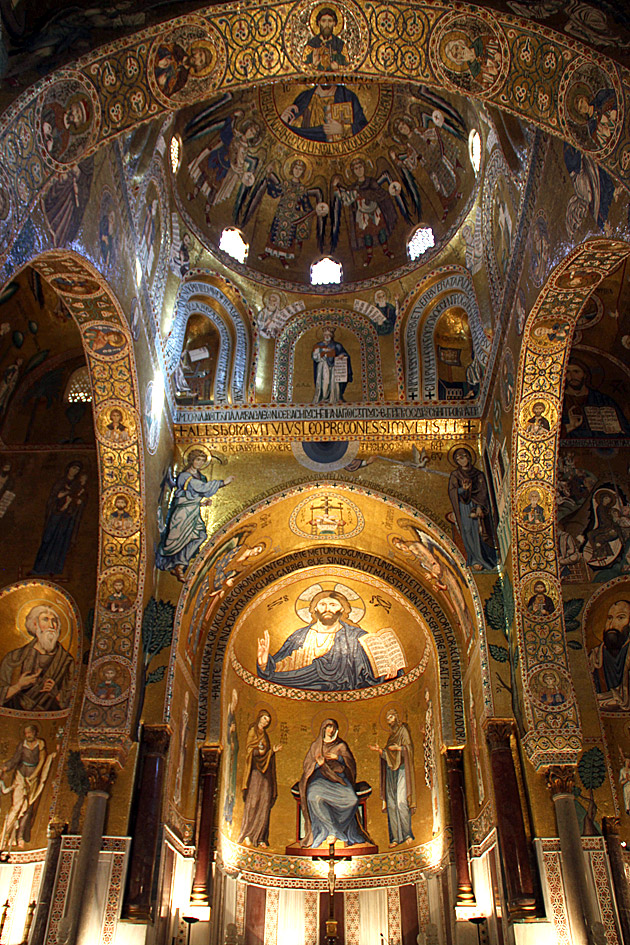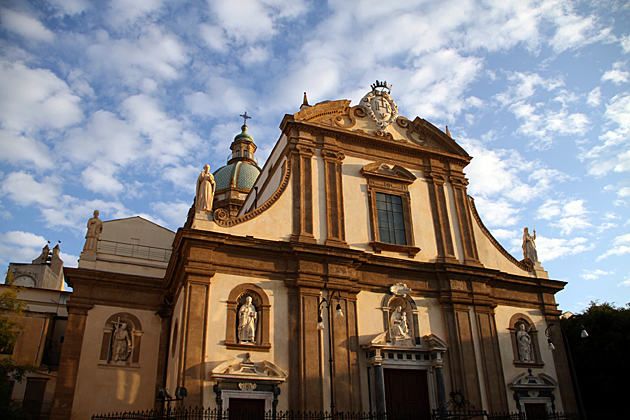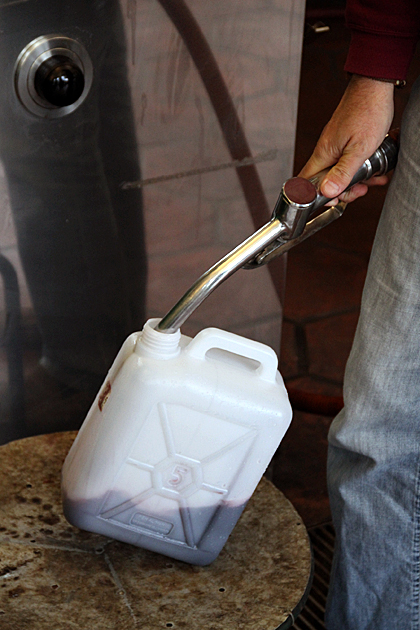Stairway to Caltagirone
Still a healthy city of about 40,000 people, Caltagirone has been home to human activity since prehistoric days. The name comes from the Arabic "qal'at-al-ghiran", or "Hill of Vases", which serves as an indication of how tightly connected to pottery the town has always been. Caltagirone was completely destroyed in the 1693 earthquake that leveled much of eastern Sicily. But like Noto, it was rebuilt in grand style, with a heavy emphasis on Baroque architecture.
